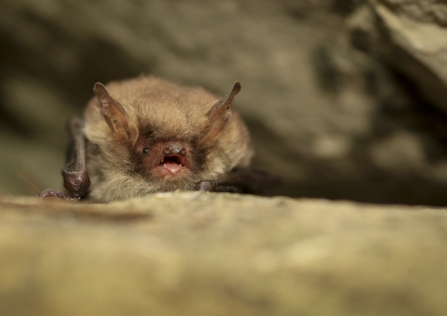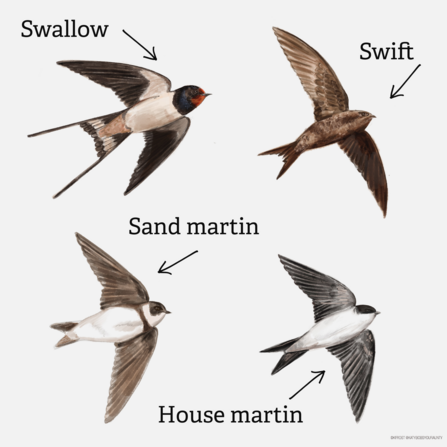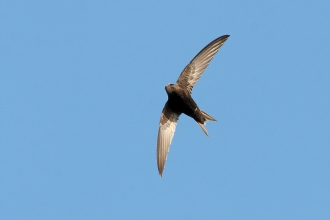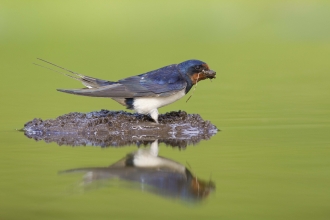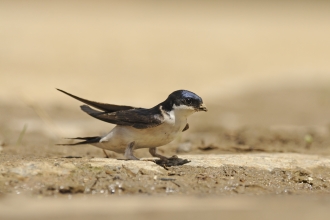The buzz of a bee, the sweet scent of honeysuckle, the splash of a frog hopping into a pond, the feeling of (real) grass under your feet, the chattering of birds in a hedge. These precious moments are not only a delight to experience in our gardens, they’re absolutely vital if we’re going to protect, restore and reconnect UK wildlife.
Since 2013, The Wildlife Trusts have partnered with The Royal Horticultural Society (often known as the RHS) on our Wild About Gardens initiative – encouraging everyone with a garden to provide food and shelter for wildlife, or simply a safe space for them to pass through. In fact, you don’t even need a garden to get involved: window-boxes, a bee brick in your wall, or wildflowers on balconies can all make a difference.


